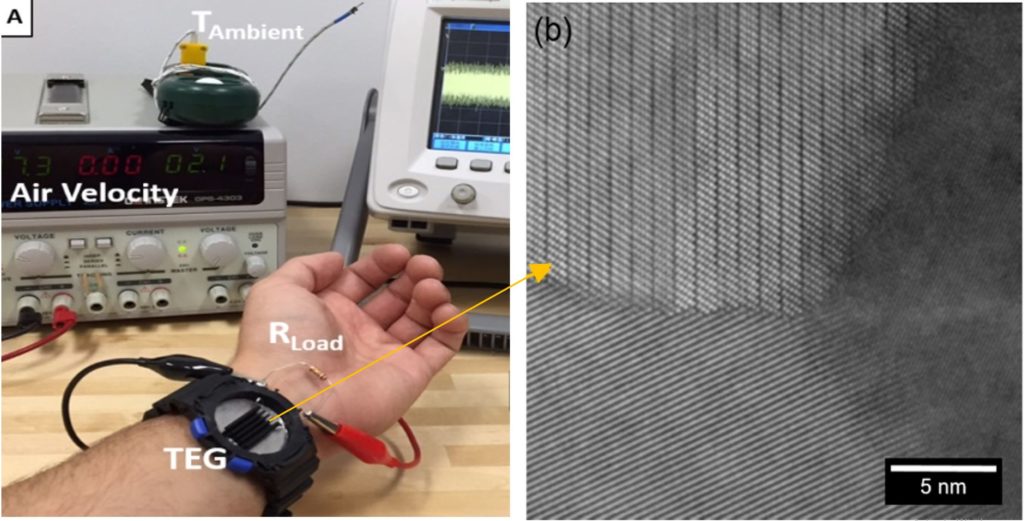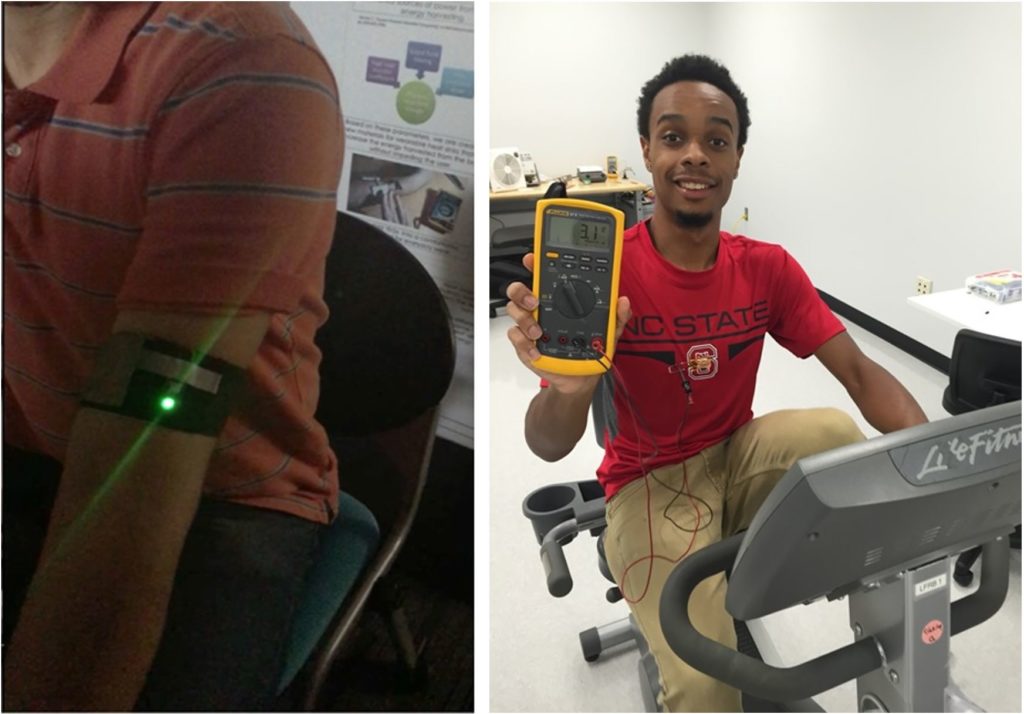Energy harvesters that can convert heat to electricity have the potential to revolutionize a broad range of applications by enabling sensors and electronics to live off the harvested energy completely eliminating the need for batteries. Potential applications range from wearable devices for monitoring of human health and environmental conditions to all systems (e.g. commercial refrigerator) that require, fail-proof, continuous and wireless monitoring. Recent studies have shown that the market for wearables will reach $70 billion by 2025, and the dominant sector will be in healthcare, which merges the medical, fitness and wellness sectors.[i] As the power levels of these harvesters increase and the power consumption of the electronic systems reduce, self-powered devices are destined to take a bigger part of this profitable market. There are many big names in this field including Apple, Accenture, Adidas, Fujitsu, Nike, Philips, Reebok, Samsung, SAP and Roche, which will favorably push the new developments. Self-powered sensors are also central to the success of Internet-Of-Things (IOT), a movement that has been enjoying an explosion of interest for a variety of applications.
This research is part of the NSF sponsored Engineering Research Center, Advanced Self-powered Systems of Integrated Systems and Technology (ASSIST), at NCSU. ASSIST develops and employs nanotechnology enabled energy harvesters and sensors to create battery-free, body-powered, and wearable health monitoring systems. This research project involves thermoelectric materials development for body heat harvesting, device fabrication, heat transfer engineering, and interfacing with low power electronics and different types of sensors.
Our findings resulted in highly efficient thermoelectric generator (TEG) technologies for body heat harvesting applications (Figs. 1-3).[ii],[iii],[iv]

Figure 1: Thermoelectric generators (TEG) were fabricated using low thermal conductivity Bi2Te3 based nonocomposites.

Figure 3: TEGs were tested on body. The picture on the left shows an LED powered by body heat using a small ~2 cm2 TEG.
References:
[[i]] Wearable Technology 2015-2025: Technologies, Markets, Forecasts E-textiles, wearable electronics, medical diagnostics/telemedicine, smart glasses, smart wristbands and more, http://www.idtechex.com/research/reports/wearable-technology-2015-2025-technologies-markets-forecasts-000427.asp
[[ii]] Melissa Hyland, Haywood Hunter, Jie Liu, Elena Veety, Daryoosh Vashaee. Wearable thermoelectric generators for human body heat harvesting. Applied Energy, 182: 518 (2016) DOI: 10.1016/j.apenergy.2016.08.150
[[iii]] Francisco Suarez, Amin Nozariasbmarz, Daryoosh Vashaee and Mehmet C. Öztürk, Designing thermoelectric generators for self-powered wearable electronics, Energy Environ. Sci., 9, 2099-2113 (2016)
[[iv]] Misra, V.; Bozkurt, A. ; Calhoun, B. ; Jackson, T. ; Jur, J. ; Lach, J. ; Bongmook Lee ; Muth, J. ; Oralkan, O. ; Ozturk, M. ; Trolier-McKinstry, S. ; Vashaee, D. ; Wentzloff, D. ; Yong Zhu; “Flexible technologies for self-powered wearable health and environmental sensing,” Proceedings of the IEEE 103, 665-681 (2015).
